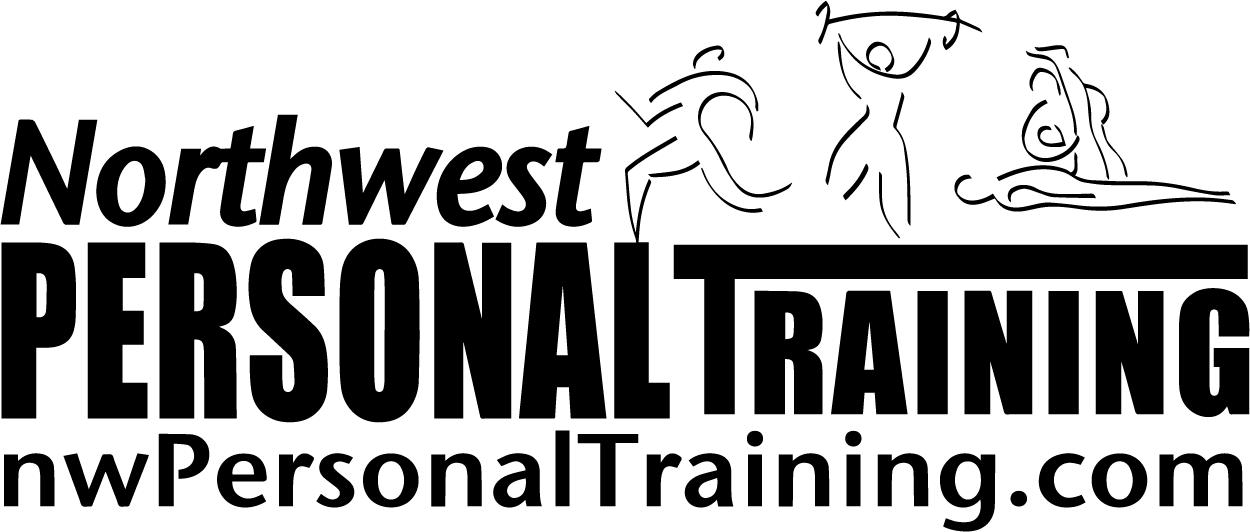 February is a great month to remind ourselves of the importance of cardiovascular fitness and heart health. Regular cardio exercise is critical for the strength of your heart, the regulation of blood pressure and blood cholesterol, the management of stress and depression, brain health and the prevention of weight gain and obesity.
February is a great month to remind ourselves of the importance of cardiovascular fitness and heart health. Regular cardio exercise is critical for the strength of your heart, the regulation of blood pressure and blood cholesterol, the management of stress and depression, brain health and the prevention of weight gain and obesity.
A solid cardio program should include aerobic and anaerobic exercise with some variable impact and agility training. Here’s the details:
Aerobic Exercise
The American College of Sports Medicine currently recommends 150 minutes of moderate intensity cardiovascular activity every week. You can hit this goal by participating in 30 minutes of exercise five days per week, such as walking, running, cycling, swimming, hiking, dancing, rowing, cross country skiing, indoor cardio equipment etc. Typically, activities that will get you breathing heavier and get your heart pumping will do the trick. This type of exercise will condition your heart and achieve numerous health benefits.
Don’t forget to sign up under “Weekly Fitness Tips” to automatically receive my latest blog post in your inbox!
Anaerobic Exercise
Anaerobic is a more challenging form of exercise and is typically above your comfort zone. The best way to incorporate anaerobic exercise is by participating in the same activities as above but add in high-intensity intervals. For example, if you are jogging, pick up the pace and sprint for 30 seconds. Then you would return to an easier intensity at the end of the sprint until you’ve recovered and are ready for the next sprint. This kind of workout will really help you get fit fast. It raises what is called your “anaerobic threshold”.
This threshold point is the feeling you’ll experience during an activity session when you’re pushing hard, perhaps a bit too hard, and you start to breathe really heavy and your heart is pounding fast and if you hold it for too long, you might start to feel nauseous and dizzy.
When you perform anaerobic intervals, you only hold this high intensity pace for 30 seconds-2 minutes and just before you’re about to start experiencing some of those nasty side effects of high intensity exercise, you drop the pace again and allow your body to recover.
By doing these brief, high-intensity intervals your body starts to get used to the intensity and gets better at tolerating a high volume of work. So, by doing these anaerobic intervals, you will get fit fast and you’ll start to notice that intensities that used to get you huffing and puffing aren’t as challenging anymore. This form of interval conditioning will also expend more calories per minute and help you achieve any fat loss goals you may have. If you can manage higher intensity exercise, ACSM recommends 20 minutes, three times per week.
Just a Note
Wait a few months before graduating to high-intensity exercise if you are a beginner. Of course, the faster you walk, step, dance, cycle or run, the more calories you use per minute. However, if you have been sedentary, high-intensity exercise compromises the ability to sustain exercise for an extended period of time.
For that reason, lower-intensity exercise is more effective in the initial stages of training and is a prerequisite to higher calorie burning, higher intensity exercise. In fact, you will experience great results by just getting started on a program. You do not want to start your program by dreading each exercise session because you know it is going to hurt. That will make it difficult to stay motivated. Three easy walks a week on an ongoing basis is far better than one hard run every once in a while. Remember, consistency is the key to getting results.
In the beginning, start by just incorporating 2 months of easy training with a slow, gradual progression of volume. Do not worry about intensity – just work on increasing the amount of time you spend exercising. You may, for example, initially, structure only 2 cardio sessions per week for 1-2 months and then progress from there – incorporating another day/week until you reach the ACSM recommendations.
Variable Impact
Variable Impact refers to exposing your body to a bit of impact here and there. This is important because in order to maintain muscle mass and bone density, you need a little bit of stress onto the bone. You may have heard many people complain that high-impact exercise really bothers their joints, specifically their back, knees or feet. For a lot of people, high impact activity may not be the activity of choice. However, you will want to ensure that you do expose your muscles and bones to a bit of impact.
For example, if you’re a swimmer, since your body weight is supported by the water, you’re going to want to compliment this with an activity like walking. Swimming is a great activity, but studies have shown that it is not as beneficial for bone density as medium-impact (walking) or high-impact activities (volleyball). Even though swimming is better than no exercise, it should be augmented with strength training or a type of activity that will provide a bit more impact ie. walking, stairclimbing, hiking, fitness classes etc. If you’d like to try jogging, stick to a walk/run program where you may start with walking for 4 minutes and running for only 1 minute at a time. Another option is to incorporate trampoline exercise, which can provide load to the muscles and bone but with less impact.
Agility Training
Is important to incorporate agility training into your cardio workouts. As we get older, we know that our fast twitch muscle fibers atrophy. In order to slow this rate of decline, a program that includes agility training or moving your body through space quickly is important. This will keep you agile as you age. Try incorporating quick movements forwards, backwards and side to side such as shuffling between 2 cones or shuttle runs.
Muscle as Cardio
If sustained cardio exercise is not your thing, you can still achieve a great cardiovascular benefit with muscle conditioning exercise. If you minimize your rest between strength exercises, incorporate short cardio bursts between sets of strength work and/or incorporate more full body movements, it can definitely tax your cardiovascular system and provide similar benefits as sustained cardio exercise.
Yours in health & fitness,
Sherri McMillan
Get YOUR Resolution Solution –
Quick Fix with NWPT
- Choose the 6 week package that works best for you! In person or virtual.
- All programs offer 6 weeks of focused training and 1 hour sessions.
- Don’t wait to get started, now IS the time!
- You can call us for more information or to sign up 360-574-7292!


